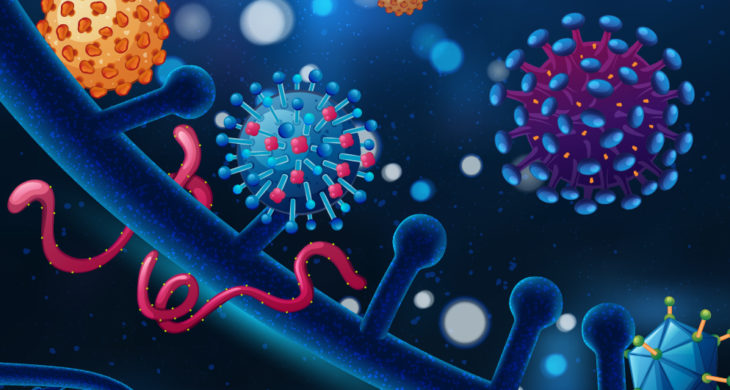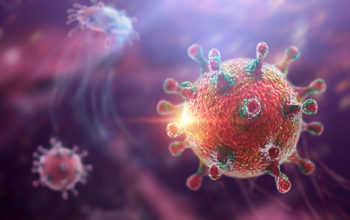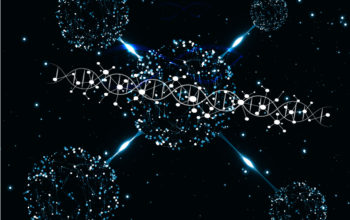
Date: 11th October 2019
A Cas13-derived platform has been developed to detect and destroy single-stranded RNA viruses in human cells.
CRISPR-Cas technology is accelerating our gene editing capability at lightening pace. However, its power now extends beyond its earlier uses, and CRISPR-Cas tech is fast becoming the core component of a range of fascinating and dynamic applications both in the lab and the clinic.
We reported recently the increasing need for antiviral treatments in the plight against some of the most horrendous epidemics such as Ebola, Zika or even in the fight against the more common influenza virus. Central to our report was a revolutionary vaccine platform, able to produce a thermo-stable anti-viral vaccination. Whilst still in its infancy, this platform requires extensive testing before it is market ready, but it offers a real advancement in the fight against the virus.
Antiviral agent Cas13
Now, scientists from Massachusetts Institute of Technology and Harvard, US, have turned to the CRISPR effector Cas13 as a potential antiviral agent.
Nearly two-thirds of human-infecting viruses are single-stranded RNA viruses (ssRNA) and most cannot be targeted by the commonly-used Cas9 nuclease, as it requires a DNA intermediate in mammalian cells. In contrast to this, however, another effector, Cas13, can efficiently target and cleave RNA and could, in theory, destroy a wide variety of mammalian viruses.
In this work, computational analysis of potential Cas13 target sites revealed the extent to which targeting with Cas13 might be effective, with over 350 Human-Associated Viral Genomes containing multiple target sites.
Three test viruses with distinct replication strategies were then chosen to validate Cas13’s ability to decrease viral RNA levels and so inhibit viral replication in human cells. In all three cases, Cas13 efficiently and specifically cleaved the viral RNA and, at its best, up to a 40-fold reduction was observed.
Further investigation into virus infectivity showed that Cas13 reduced the ability of the flu virus to continue to infect cells by more than 300-fold eight hours post viral exposure.
A moment of inspiration then came when the team combined Cas13-mediated viral RNA cleavage with the SHERLOCK™ platform to create CARVER: Cas-13-assisted restriction of viral expression and readout.
The SHERLOCK™ platform was recently in our news as a new molecular diagnostics platform. Specific High-sensitivity Enzymatic Reporter unLOCKing is a Cas13-based DNA/RNA detection technology which produces a detectable signal once target sites have been found.
In practice CARVER brought together both aspects of these technologies and was shown to both reduce viral expression in human cells and then rapidly measure the remaining levels of viral RNA in that sample.

CARVER to diagnose and treat a viral infection.
The potential strength of the CARVER system in a clinical setting is easy to see. A tool that can diagnose, treat and then measure the effectiveness of treatment, would be a powerful antiviral strategy.
It may also have wider applications against other viral infections, for example it may be possible to use CARVER for DNA viruses that go through an RNA intermediate.
Whilst, FDA approval for clinical trials are starting to be seen for CRISPR-Cas9 therapies. It is still a nascent market and, with Cas13 being relatively new to the scene, it will likely require extensive characterisation before translation to effective and safe treatments can be realised.
This study undoubtedly represents an exciting foundation for Cas13 therapies, and their progression to in vivo testing which we hope will follow soon.
The diversity and rapid ability for viruses to evolve make them difficult to successfully target. Let’s hope with the new generation of emerging therapies and technologies entering the picture that we can also evolve strategies to stay one step ahead.
Freije, C. A., C. Myhrvold, C. K. Boehm, A. E. Lin, N. L. Welch, A. Carter, H. C. Metsky, C. Y. Luo, O. O. Abudayyeh, J. S. Gootenberg, N. L. Yozwiak, F. Zhang and P. C. Sabeti (2019). “Programmable Inhibition and Detection of RNA Viruses Using Cas13.” Molecular Cell.
https://doi.org/10.1016/j.molcel.2019.09.013


